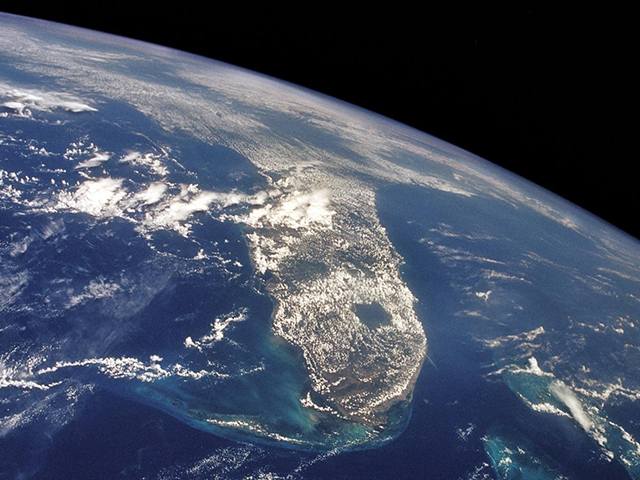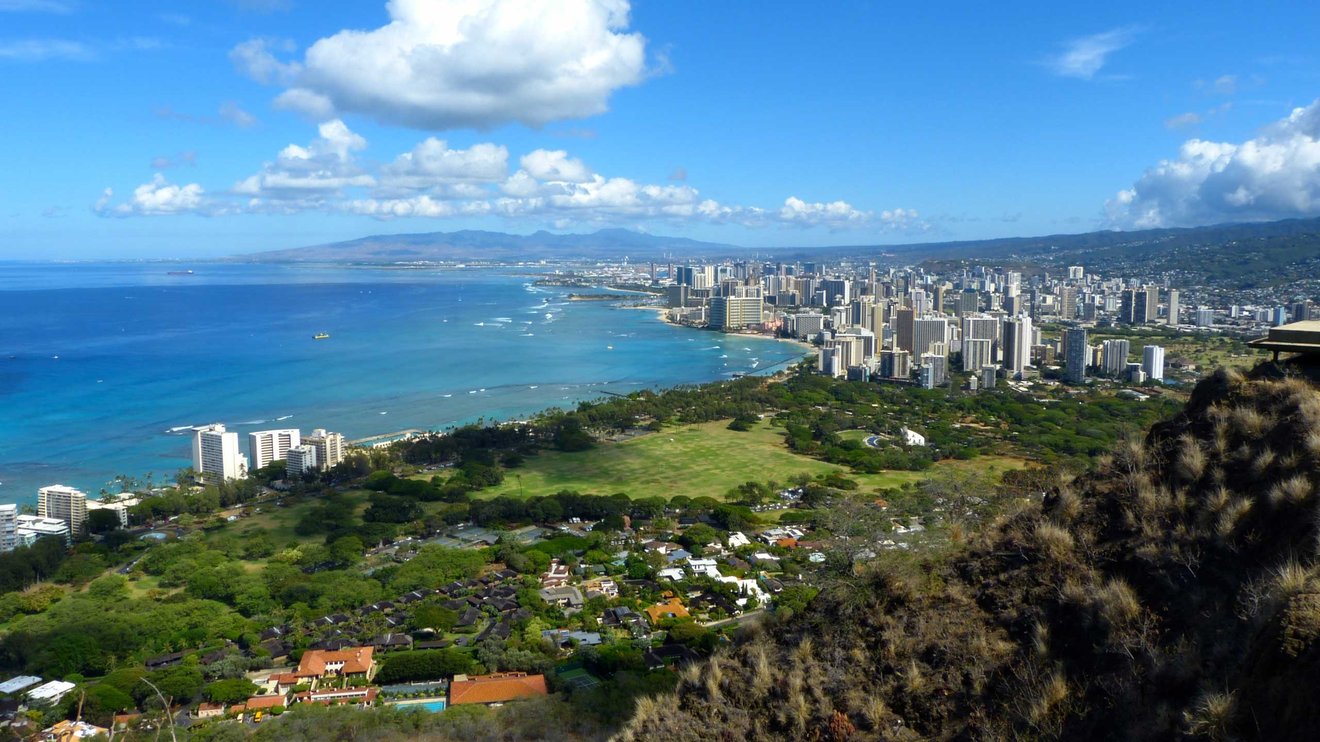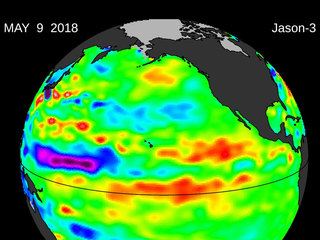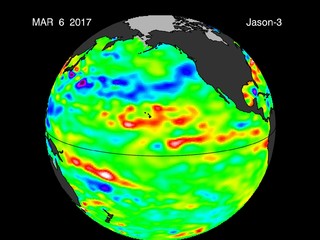News | April 7, 2003
Hasta La Vista El Niño 2002-2003

Elsewhere, the influence of the 20- to 30-year larger than El Niño/La Niña pattern called the Pacific Decadal Oscillation continues to create warm, higher-than-normal sea-surface heights in the north Pacific that are connected in a warm horseshoe pattern with the western and southern Pacific.
Looking ahead, oceanographers will be carefully monitoring Pacific sea levels to see whether the Pacific returns to normal or switches to La Nina conditions as it did in 1998, after the huge El Niño of 1997-1998.
Sea-surface heights are a measure of how much heat is stored in the ocean below. This heat influences both present weather and future planetary climate events.
The U.S. portion of the Jason mission is managed by JPL for NASA's Earth Science Enterprise, Washington, D.C. Research on Earth's oceans using Jason and other space-based capabilities is conducted by NASA's Earth Science Enterprise to better understand and protect our home planet.





